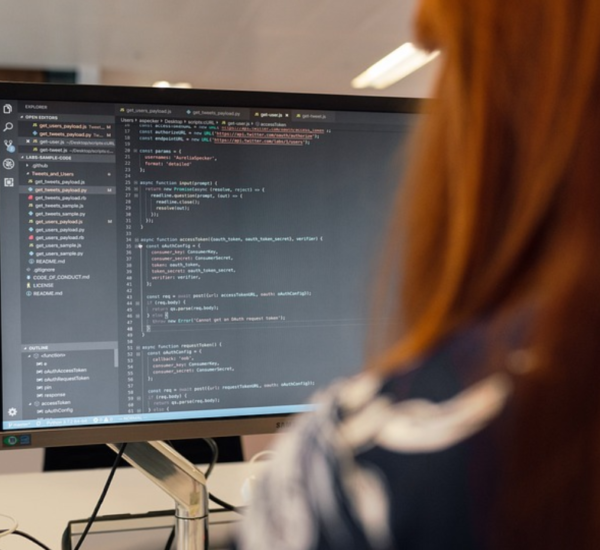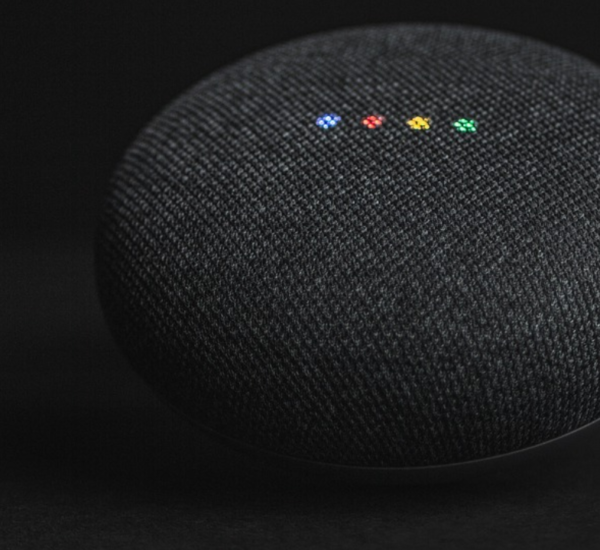What is Computer vision? History, Research & Application 2023. Computer vision is a branch that is part of artificial intelligence (AI) which allows computers and systems to extract relevant information from digital videos, images, and other visual inputs taking actions or offering recommendations based upon the information. If AI allows computers be able to think, then computer vision can help computers to perceive, see and comprehend.
Computer vision functions like human vision, but humans have a head start. The human sight has the benefit of a lifetime of context in which in order to develop the ability to tell the difference between objects and how far they are, if they’re moving, and whether there’s something wrong with an image.
Computer vision allows machines to do these tasks, but they must do this faster using cameras, algorithms, and data instead of retinas, optic nerves, and the visual cortex. A computer system that has been equipped to look at the products or observe the production process can analyze thousands of processes or products in a single minute while noticing subtle imperfections or problems and can easily surpass human capabilities. Computer vision is employed in all sorts of industries from utilities and energy to automotive manufacturing and the market continues to expand. It is predicted to hit USD 48.6 billion in 2022.
Table of Contents
What is computer vision?
Computer vision requires a lot of data. It performs analyses of data repeatedly until it is able to discern differences and can then identify images. To make a computer recognize tires on cars the computer must be fed large amounts of tire-related images and items in order to discern the differences and identify a tire, especially one that is not damaged.
Two fundamental technologies are used for this purpose which are a kind of machine learning referred to as deep learning and the convolutional neural network (CNN).
Machine learning employs algorithmic models that allow computers to educate themselves on the visual context. When enough data is fed into the model, it can “look” at it and learn to differentiate the difference between two images. Algorithms allow computers to learn on their own instead of requiring someone to program them to identify an image.
A CNN aids to make a machine-learning (also known as deep-learning model) “look” by dissolving images into pixel units that are assigned the tags, or labels. It makes use of the labels to make convolutions (a mathematical operation that combines two functions to create an additional function) and make predictions of what it is “seeing.” A neural network is able to run convolutions and tests how accurate its prediction is through the course of repeated iterations until the predictions begin to become true. It then recognizes or observes images with similarity to human eyes.
Like a human making out an image from the distance, it is similar to a human making out an image from a distance. CNN first detects sharp edges and simple shapes. It then adds details as it makes through its iterations of predictions. A CNN can be used to comprehend a single image. Recurrent neural networks (RNN) are utilized similarly to video applications to assist computers to understand how images within frames relate to each other.
The background of computer vision
Engineers and scientists have been working to create methods for machines to perceive and comprehend visual information for more than 60 years. It was 1959 when neurophysiologists presented a cat with a variety of images, hoping to link a reaction in the brain. They observed that it reacted first to sharp lines or edges, and scientifically, this means that image processing begins with basic shapes such as straight lines. (2)
Around the same time, the first image-scanning technology was developed that allowed machines to scan and capture images. Another milestone was achieved in 1963 when computers were capable of transforming two-dimensional images into three-dimensional ones. Since the 60s, AI became a scientific field of study and it was also the start of an AI attempt to solve the problem of human vision.
1974 saw the first introduction to the market of optical recognition (OCR) technology that could recognize text written in any typeface or font.
Computer vision applications
There’s a lot of research that is being conducted in the field of computer vision however it’s not just research. The real-world applications show how vital computer vision is to the success of projects in entertainment, business transport, healthcare, and everyday life. The main driver behind the development of these apps is the constant flow of information that is visual coming from security systems, smartphones traffic cameras, and other devices that are visually oriented. The data can play an important role in processes across all industries, yet currently, it is unused. This data serves as an opportunity to test computer vision programs and the launchpad to allow the applications to be integrated into human activity:
- IBM utilized computer vision to develop My Moments for the 2018 Masters golf tournament. IBM Watson watched hundreds of hours of Masters’ footage and was able to recognize the visuals (and the sounds) of important shots. It was able to identify the most important moments and then made them available to fans in personalized highlight reels.
- Google Translate lets users point an image on their phone camera at a sign that is in another language and get almost instantly the sign’s translation in the language they prefer. (6)
- The development of autonomous vehicles depends on computer vision in order to process the images coming from cameras in the car and other sensors. It is essential to recognize other vehicles, traffic signs such as pedestrians, lane markers, bicycles, and all the other visual information you encounter on the roadway.
- IBM has been utilizing computer vision technology in partnership with companies such as Verizon to bring smart AI to the forefront, and help automakers detect quality issues before the vehicle leaves the factory.
Computer vision examples
Many companies don’t have the funds to finance computer vision labs and to create deep learning models or neural networks. They also may not have the power to process large amounts of data from visual sources. Companies like IBM offer software development for computer vision. These services provide already-built models for learning that are accessible via the cloud and reduce the demand for computing resources. Users connect to the service via an API or application program interface (API) and then use these to create computer vision-related applications. Related articles here.
Here are some examples of well-known computing vision jobs:
- Image classification detects an image and classifies it (a dog or apple, or the face of a person). In addition, it can precisely predict that an image belongs to a particular category. For instance, the social media business could want to utilize it to identify and separate objectionable photos posted by users.
- The program detects an object is a method of using image classification to determine the type of image and then display the appearance of objects in images or video. Examples include identifying damage in an assembly line or the identification of machinery that requires maintenance.
- Tracking objects can follow or track an object when it is recognized. The task is usually carried out using images that are captured in sequence or live video feeds. Autonomous vehicles, like must not just identify and classify things like pedestrians, cars, and road infrastructures, but also have to follow the objects in motion to avoid collisions, and also obey traffic law.
- Image retrieval based on content uses the computer’s vision capabilities to search, browse and locate images in large storage of data by analyzing the contents of the images, instead of metadata tags that are associated with the images. This can include automatic image annotation, which is a substitute for manual taggers for images. This task can be utilized to create the management of digital assets systems and could improve the efficiency of retrieval and search.




